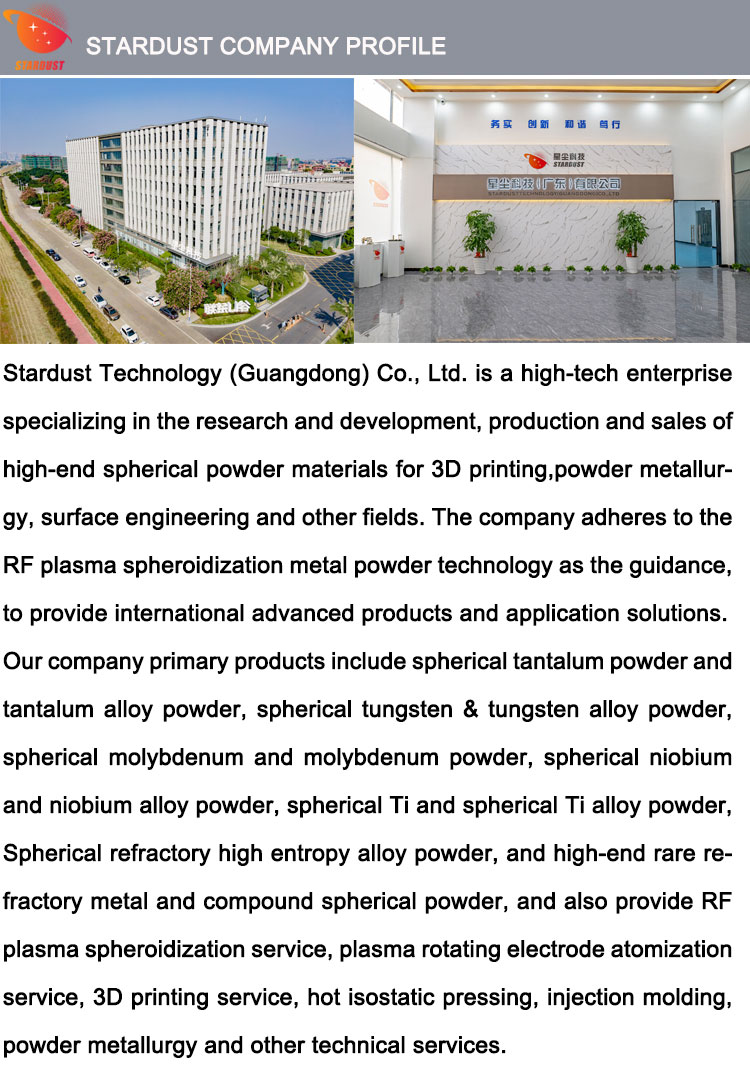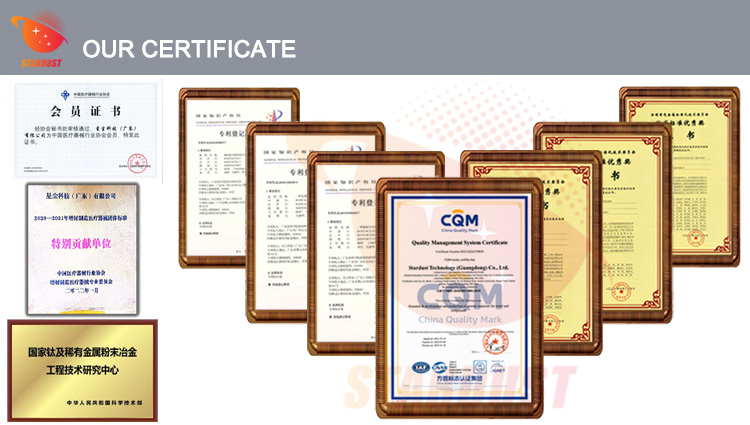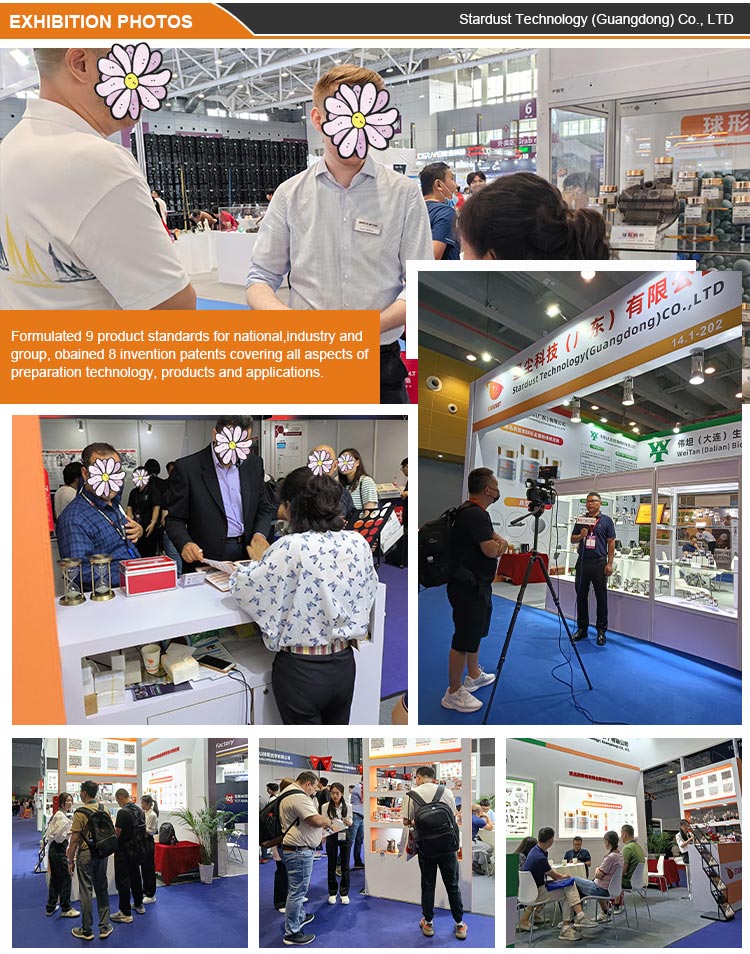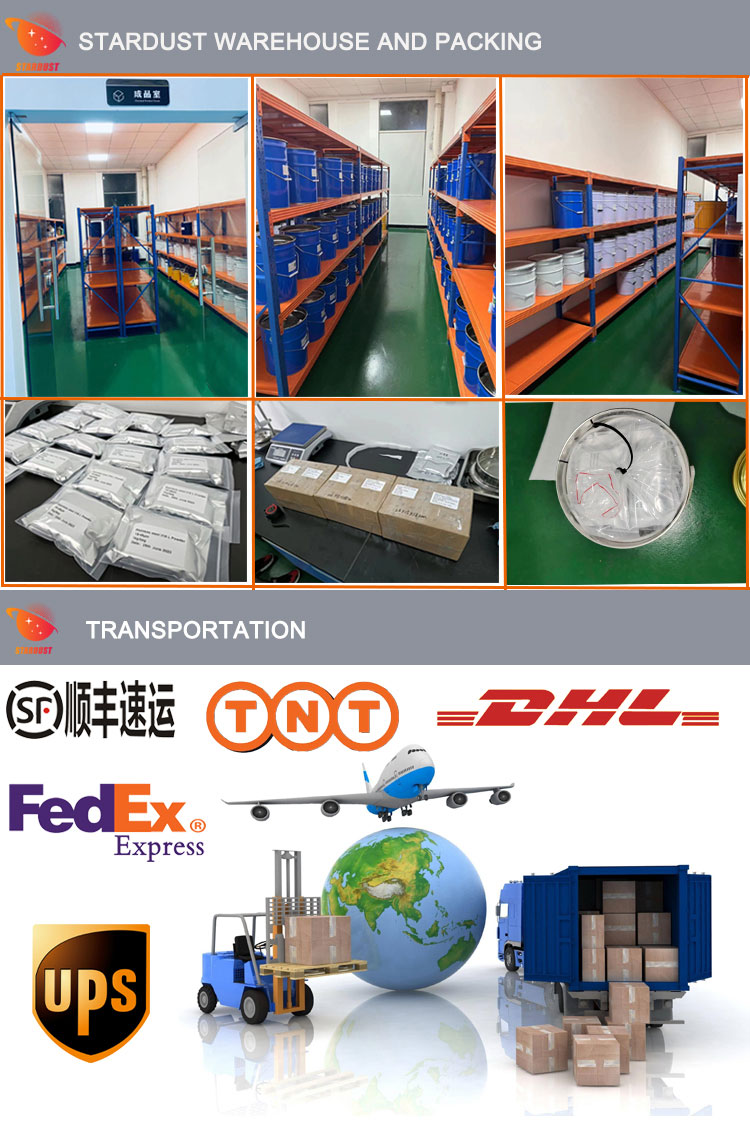-
-
-
National Titanium and Rare Metal Powder Metallurgy Engineering Technology Research Center
-
Guangdong Metal Powder Material Engineering Technology Research Center
-
Guangdong Powder Metallurgy Industry Technology Innovation Alliance
-
Guangzhou Powder Materials and Precision Parts Manufacturing Engineering Technology Research Center
-
PRODUCTS

Spherical molybdenum-copper alloy powder 15-60μm
产品型号:
Product Features
Classification:Metal Powders
Keywords: tantalum powder, tungsten powder
Product details
Spherical molybdenum-copper alloy powder is a metal powder material with spherical morphology prepared by a special process with molybdenum (Mo) and copper (Cu) as the main components. This alloy powder combines the high melting point, high strength and low expansion properties of molybdenum with the high electrical conductivity, high thermal conductivity and good plasticity of copper. Meanwhile, with the excellent fluidity and filling property brought by its spherical structure, it has demonstrated unique advantages in fields such as electronic packaging, heat dissipation devices and mold manufacturing, and has become an indispensable key basic material in modern high-end manufacturing.
Spherical molybdenum-copper alloy powder
I. Characteristics
1. Physical properties: Spherical molybdenum-copper alloy powder combines the physical advantages of both molybdenum and copper. Its density ranges from 8.0 to 9.5g/cm³ and can be flexibly controlled by a djusting the molybdenum-copper ratio. The melting point of the alloy increases with the increase of molybdenum content. The melting point of pure molybdenum is as high as 2623℃, while that of pure copper is 1083℃. The melting point of a typical Mo-Cu (50% Mo) alloy is approximately 1500-1700℃. In terms of thermal performance, the thermal conductivity can reach 150-300 W/(m · K), approximately 3-5 times that of pure molybdenum, and it can conduct heat rapidly. The coefficient of thermal expansion is 6-12×10⁻⁶/℃, significantly lower than that of copper (17×10⁻⁶/℃), which can achieve a good thermal expansion match with semiconductor materials and effectively reduce thermal stress.
2. Mechanical properties: The alloy has a good balance of mechanical properties. At room temperature, its tensile strength can reach 300-600 mpa, and its hardness (HV) is between 100-200, which is higher than that of pure copper and has better toughness than pure molybdenum. As the molybdenum content increases, the strength and hardness rise, while the presence of copper ensures the plasticity and ductility of the alloy, making it less prone to cracking during processing. In high-temperature environments, molybdenum has a significant strengthening effect. At 500℃, the alloy can still maintain over 70% of its room-temperature strength, making it suitable for high-temperature service scenarios.
3. Chemical properties: Spherical molybdenum-copper alloy powder has stable chemical properties and is not prone to oxidation under normal atmospheric conditions. The dense oxide film (MoO₃) formed on the surface of molybdenum can prevent further oxidation, while copper also has good corrosion resistance in dry air. In non-oxidizing acids (such as hydrochloric acid and dilute sulfuric acid), the alloy shows good corrosion resistance. However, in oxidizing acids (such as nitric acid) or strongly alkaline environments, copper will corrode preferentially. Nevertheless, the overall corrosion resistance can be enhanced by adjusting the molybdenum content.
Ii. Application Fields
In the field of electronic information: As a high-performance electronic packaging substrate and heat sink material, it is widely used in computer cpus, Gpus, 5G base station chips and other fields. And manufacture heat sinks for high-power LED lamps and power modules.
2. Mold manufacturing field: It is used for manufacturing inserts and cores for die-casting molds and injection molds.
3. In the field of electro-vacuum devices: As electrodes and packaging materials for electron tubes and microwave tubes.
4. Aerospace field: It is used to manufacture heat insulation and heat dissipation components for hot-end parts of engines, as well as high-temperature connectors for aircraft.
5. Military industry: As a heat dissipation structural component and electromagnetic shielding material for high-power microwave weapons.
6. Medical field: Shielding components for CT machines and nuclear magnetic resonance machines can be fabricated.




Related products
-
-
-
National Titanium and Rare Metal Powder Metallurgy Engineering Technology Research Center
-
Guangdong Metal Powder Material Engineering Technology Research Center
-
Guangdong Powder Metallurgy Industry Technology Innovation Alliance
-
Guangzhou Powder Materials and Precision Parts Manufacturing Engineering Technology Research Center
-
Stardust Technology (Guangdong) Co., Ltd.

101, Building 1, Liandong Youzhi Zone, Senshuji Road, Nansha Community, Danzao Town, Nanhai District, Foshan City,Guangdong Pro.,China
QR code

